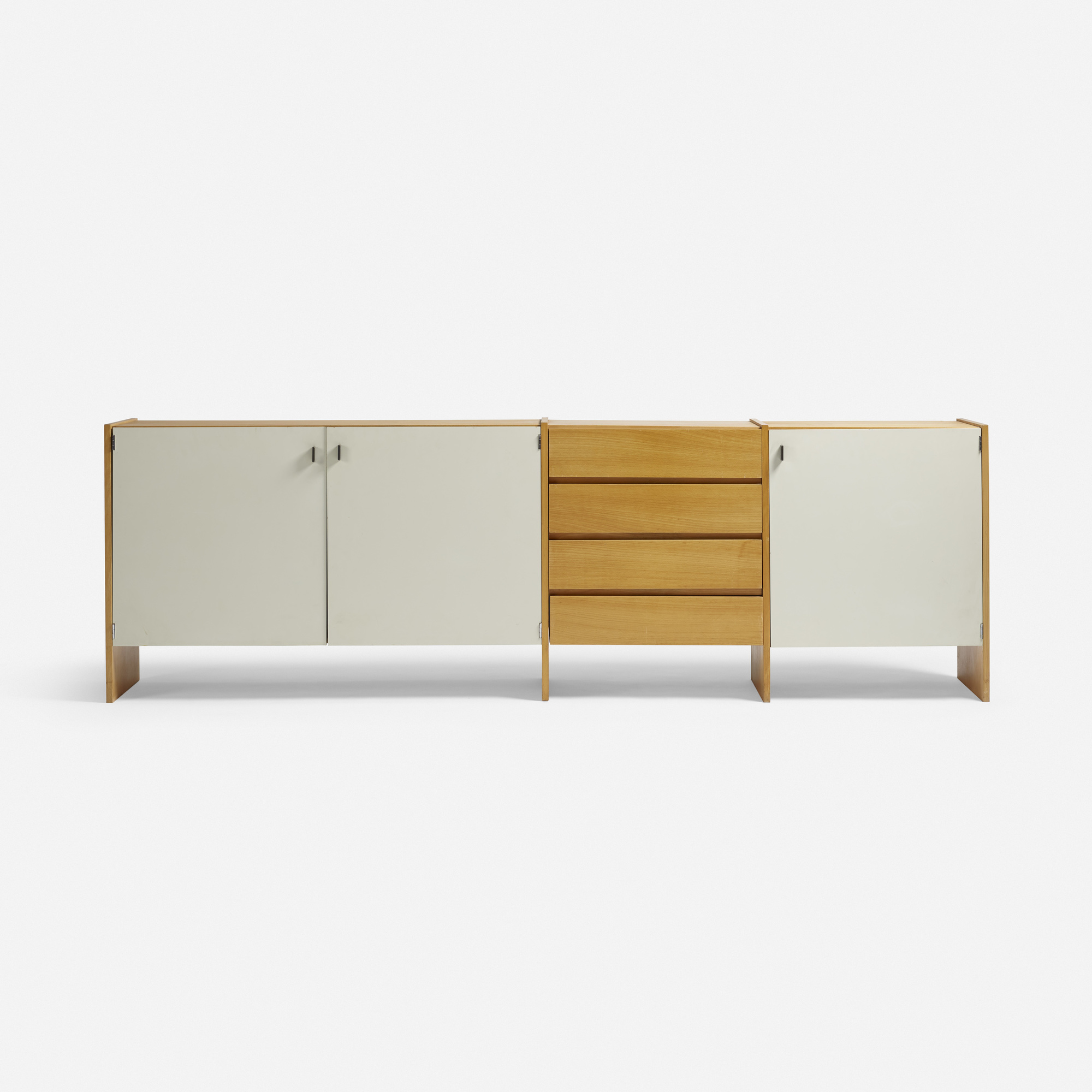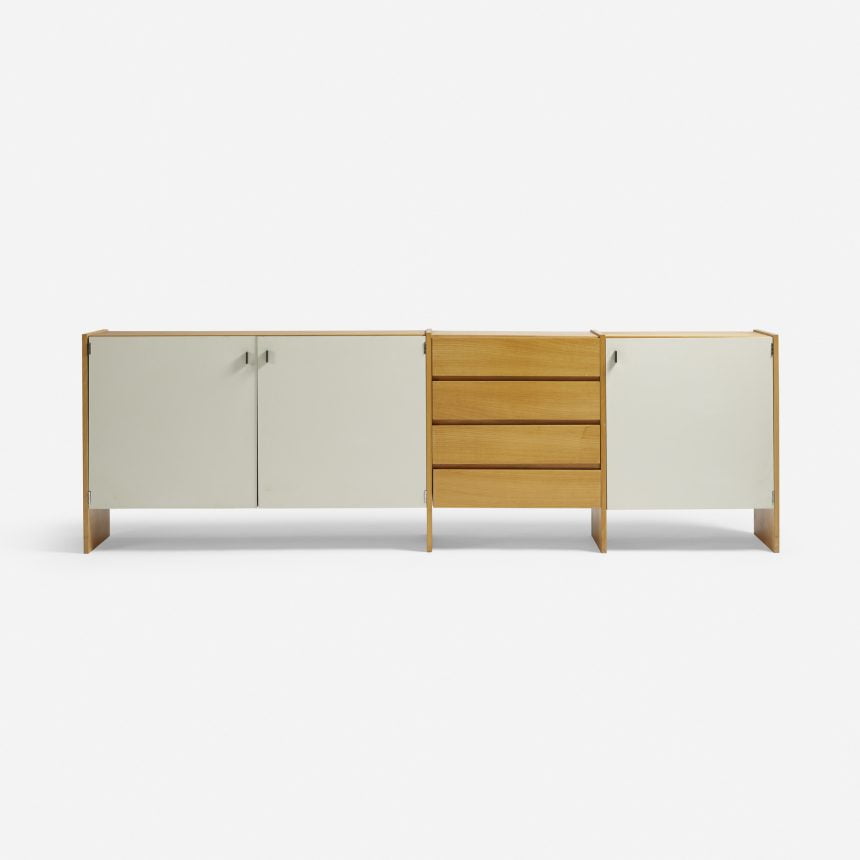
Dieter Rams is a German industrial designer known for his minimalist approach to design, which he famously expressed as “less is more.” Rams’ work has had a significant impact on the field of industrial design, and his designs continue to be revered for their timeless simplicity and functionality. In this article, we’ll explore Rams’ philosophy and his contributions to the design world.
Background on Dieter Rams
Dieter Rams was born in Wiesbaden, Germany, in 1932. He studied architecture and interior design at the Wiesbaden School of Art before joining the design team at Braun in 1955. Rams quickly rose through the ranks at Braun and eventually became the head of design in 1961. During his time at Braun, Rams developed a design philosophy that emphasized simplicity, functionality, and longevity. His work at Braun earned him international acclaim, and he became a highly influential figure in the world of industrial design.
Rams’ Ten Principles of Good Design
Rams’ philosophy is best summarized in his Ten Principles of Good Design, which he developed in the 1970s. These principles are as follows:
- Good design is innovative.
- Good design makes a product useful.
- Good design is aesthetic.
- Good design makes a product understandable.
- Good design is unobtrusive.
- Good design is honest.
- Good design is long-lasting.
- Good design is thorough down to the last detail.
- Good design is environmentally friendly.
- Good design is as little design as possible.
These principles continue to be a guiding force for designers today, and they reflect Rams’ commitment to simplicity, functionality, and sustainability.
Rams’ Design Legacy
Rams’ influence on the design world extends beyond his time at Braun. His designs for furniture company Vitsoe are widely recognized as icons of minimalist design. The 606 Universal Shelving System, which Rams designed for Vitsoe in 1960, is still in production today and is considered a classic of modern design. Rams’ designs for Braun, including the SK4 phonograph and the T3 pocket radio, are also highly sought after by collectors and continue to inspire contemporary designers.
Rams’ Impact on Contemporary Design
Rams’ legacy can be seen in the work of contemporary designers who have been inspired by his philosophy. Apple’s design language, for example, is heavily influenced by Rams’ work at Braun, and many of the company’s products embody Rams’ principles of simplicity and functionality. Similarly, the work of British designer Jonathan Ive, who led the design team at Apple for many years, has been compared to Rams’ approach to design.
Conclusion
Dieter Rams’ philosophy of “less is more” has had a lasting impact on the world of industrial design. His emphasis on simplicity, functionality, and sustainability continues to inspire designers today, and his Ten Principles of Good Design remain a guiding force for the field. Rams’ legacy is a testament to the power of good design to improve people’s lives and make the world a better place.







